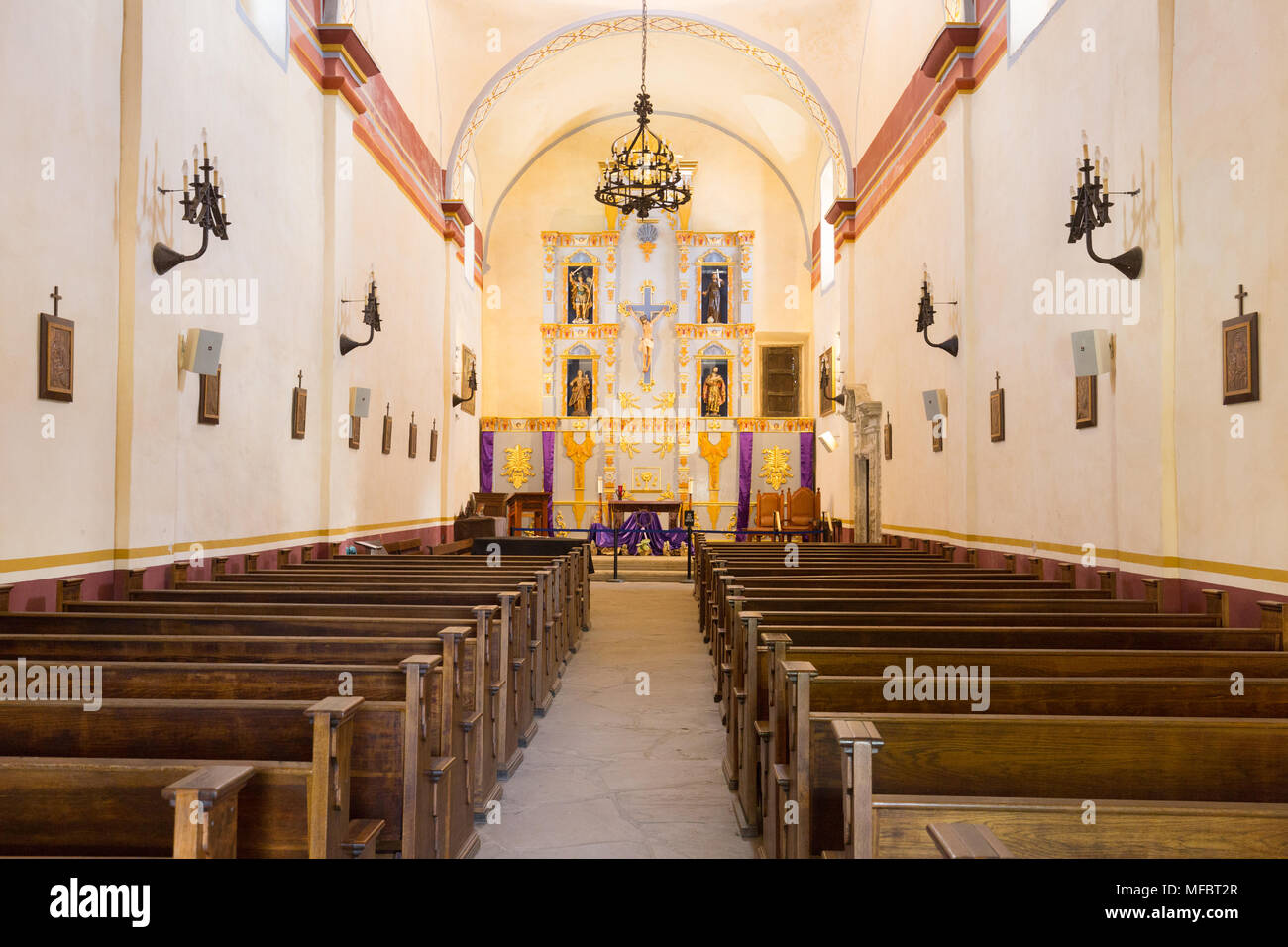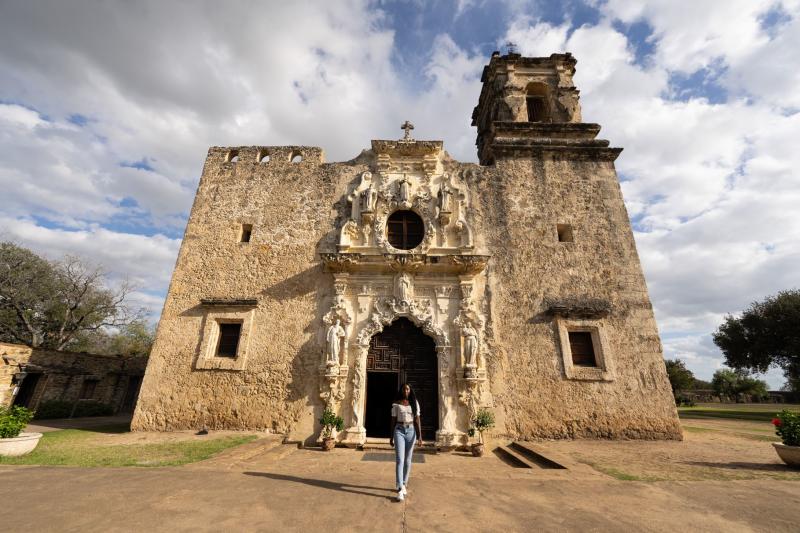Fun San Antonio Missions National Historical Park Activities: Involve with History
Fun San Antonio Missions National Historical Park Activities: Involve with History
Blog Article
Check Out the Rich Background of San Antonio Missions National Historical Park: a Comprehensive Guide to Its Cultural Relevance and Conservation Efforts
San Antonio Missions National Historical Park stands as a testament to a lost era, encapsulating a rich tapestry of history and cultural importance. As we get started on a trip via the historic history of these goals, we discover building wonders that have withstood the examination of time. Nevertheless, beyond the plain physical frameworks, each mission, notably Objective Espada, carries an extensive cultural weight that reverberates deeply with those that explore its grounds. More diving right into the preservation initiatives and challenges encountered by the park exposes an intricate interplay between conservation, background, and neighborhood interaction. The story of San Antonio Missions National Historical Park is not merely regarding the past; it is a living story that remains to unravel, welcoming us to contemplate its enduring legacy and the continuous initiatives to secure its heritage.
Historical Background of San Antonio Missions
The origins of the historical background of the San Antonio Missions run deep, intertwining Spanish early american influence with aboriginal cultures in the South Texas area. Established in the very early 18th century, these missions were started by Franciscan friars with the objective of spreading Christianity and converting the regional indigenous populaces. San Antonio Missions National Historical Park history. The Spanish Crown supported these missions as a means of strengthening control over the territory and broadening their influence in the New World
The Spanish missionaries played a significant duty fit the cultural landscape of the area, presenting brand-new agricultural strategies, style, and religious methods. The indigenous neighborhoods, such as the Coahuiltecans and various other people, interacted with the Spanish inhabitants, causing a blending of ideas and traditions.
With time, the objectives became not only spiritual facilities but additionally financial and social hubs, bring in settlers from different backgrounds. Today, the San Antonio Goals stand as a testament to this complex background, reflecting the withstanding legacy of Spanish manifest destiny and the durability of aboriginal cultures in South Texas.
Architectural Marvels of the Objectives
Having actually laid the structure of social exchange in between Aboriginal communities and spanish missionaries, the architectural marvels of the San Antonio Missions exhibit a blend of European and native workmanship that proceeds to mesmerize site visitors. These missions, consisting of Goal San Jose, Objective Concepcion, Mission San Juan, Mission Espada, and the Alamo, display distinguishing characteristics such as ornate exteriors, detailed makings, vibrant frescoes, and strong stone wall surfaces. The Spanish Colonial design, characterized by arched entrances, belfry, and roomy yards, reflects an unified fusion of Spanish style elements with native structure strategies.
Each mission within the San Antonio Missions National Historical Park tells a special story via its style, showing the advancement of construction designs and cultural influences gradually. Visitors can marvel at the knowledgeable workmanship obvious in the in-depth stonework, hand-carved wood doors, and spiritual iconography adorning the insides. These building masterpieces stand as enduring testaments to the long-lasting tradition of the goals and the cultural heritage they stand for.
Cultural Importance of Objective Espada
With its historical origins deeply linked with the indigenous societies of the region, Goal Espada stands as a sign of social strength and adaptation within the San Antonio Missions National Historic Park. Established in 1690, Mission Espada was developed by Spanish Franciscans as a read the full info here means to spread out Christianity amongst the Coahuiltecan individuals while likewise offering as a facility for agriculture and industry. The mission's cultural relevance exists in its role as a meeting factor between Indigenous and european American practices, causing a distinct blend of building styles, spiritual techniques, and farming strategies.
Goal Espada's legendary aqueduct, referred to as "Acequia de Espada," is a testimony to the engineering skills of both Spanish and indigenous individuals, showcasing their partnership in constructing crucial waterways for irrigation purposes. This unified combination of social influences is additional exhibited in the objective's detailed carvings, colorful frescoes, and spiritual events that continue to be practiced to now. As one of the earliest unrestored stone churches in America, Mission Espada stands as a living testament to the long-lasting tradition of social exchange and adaptation that defines the San Antonio Missions National Historic Park.
Conservation Challenges and initiatives
Preservation in maintaining the historical honesty of Mission Espada experiences a myriad of intricate challenges that demand cutting-edge solutions and specialized stewardship. As one of the five goals within the San Antonio Missions National Historic Park, Mission Espada deals with conservation concerns stemming from environmental aspects, city encroachment, and the continuous fight versus all-natural deterioration. The delicate equilibrium between saving the original structures and making certain site visitor gain access to and safety and security calls for thorough preparation and execution.
Efforts to preserve Objective Espada include a multi-faceted strategy that consists of regular upkeep, structural assessments, and conservation projects. Cooperations in between park authorities, historians, archaeologists, and regional neighborhoods are necessary in establishing sustainable conservation approaches. Difficulties such as moneying restrictions, minimal sources, and the demand for specific competence additionally make complex conservation initiatives.
In spite of these difficulties, the dedication to safeguarding Mission Espada's historic importance continues to be undeviating. With continued research, neighborhood engagement, and flexible preservation techniques, the preservation of Goal Espada stands as a testament to the devotion towards securing our cultural heritage for future generations.
Area Involvement in Park Conservation

One of the primary means the park includes the area is through volunteer opportunities. Regional homeowners can take part in conservation tasks, curricula, and special events, enabling them to add straight to the preservation of the park. This hands-on involvement not just profits the park in regards to extra resources and workforce however likewise produces a more powerful connection in between the park and the area itself.
Moreover, the park consistently looks for input from regional stakeholders, including neighborhood groups, organizations, and government firms, to make sure that preservation efforts straighten with the requirements and values of the surrounding neighborhood. By engaging with the neighborhood population in these purposeful ways, San Antonio Missions National Historic Park fosters a culture of conservation and sustainability that will certainly help protect this cultural prize for future generations.
Conclusion

Past the simple physical structures, each mission, especially Goal Espada, carries an extensive cultural weight that resonates deeply with those that discover its premises. These missions, consisting of Objective San Jose, Goal Concepcion, Mission San Juan, Objective Espada, and the Alamo, display distinct functions such as luxuriant facades, detailed carvings, vivid frescoes, and durable stone wall surfaces.With its historic origins deeply intertwined with the native societies of the area, Mission Espada stands as a symbol of social strength and adaptation within the San Antonio Missions National Historical Park (San Antonio Missions National Historical Park events). As one of the oldest unrestored stone churches in America, Goal Espada stands as a living testament to the long-lasting tradition of social exchange and adaptation that defines the San Antonio Missions National Historical Park

Please visit one of our local supporters- Brownstone Law San Antonio Appeals Attorneys
Report this page